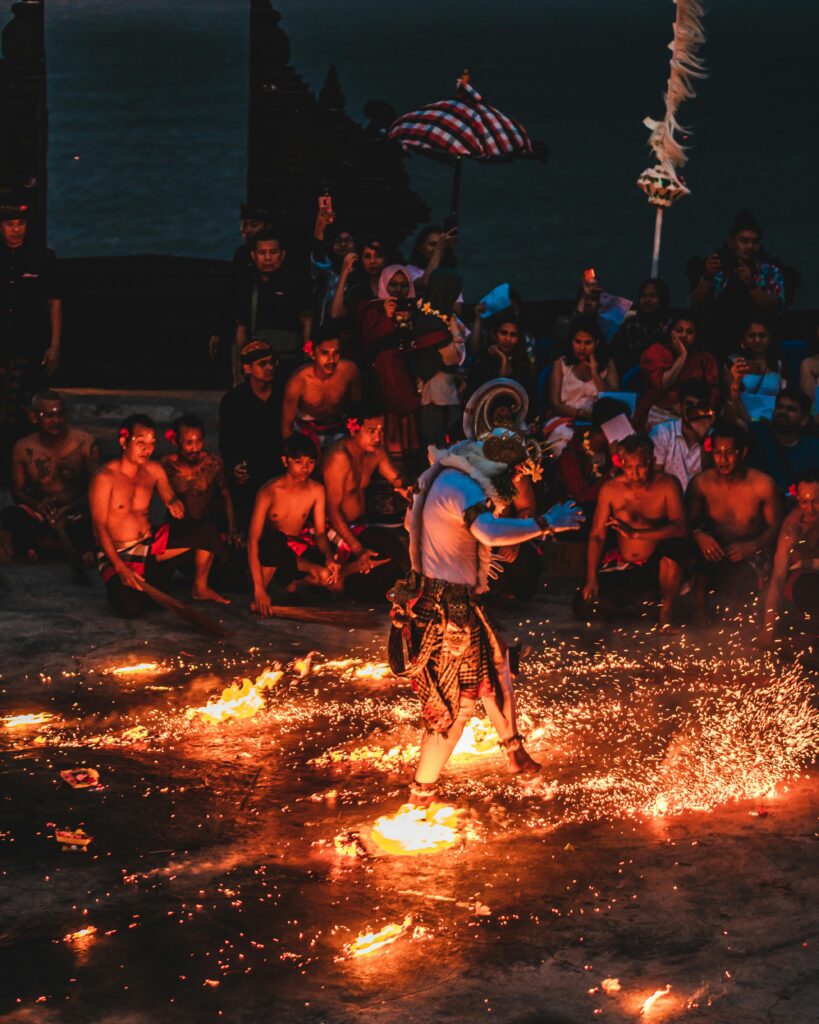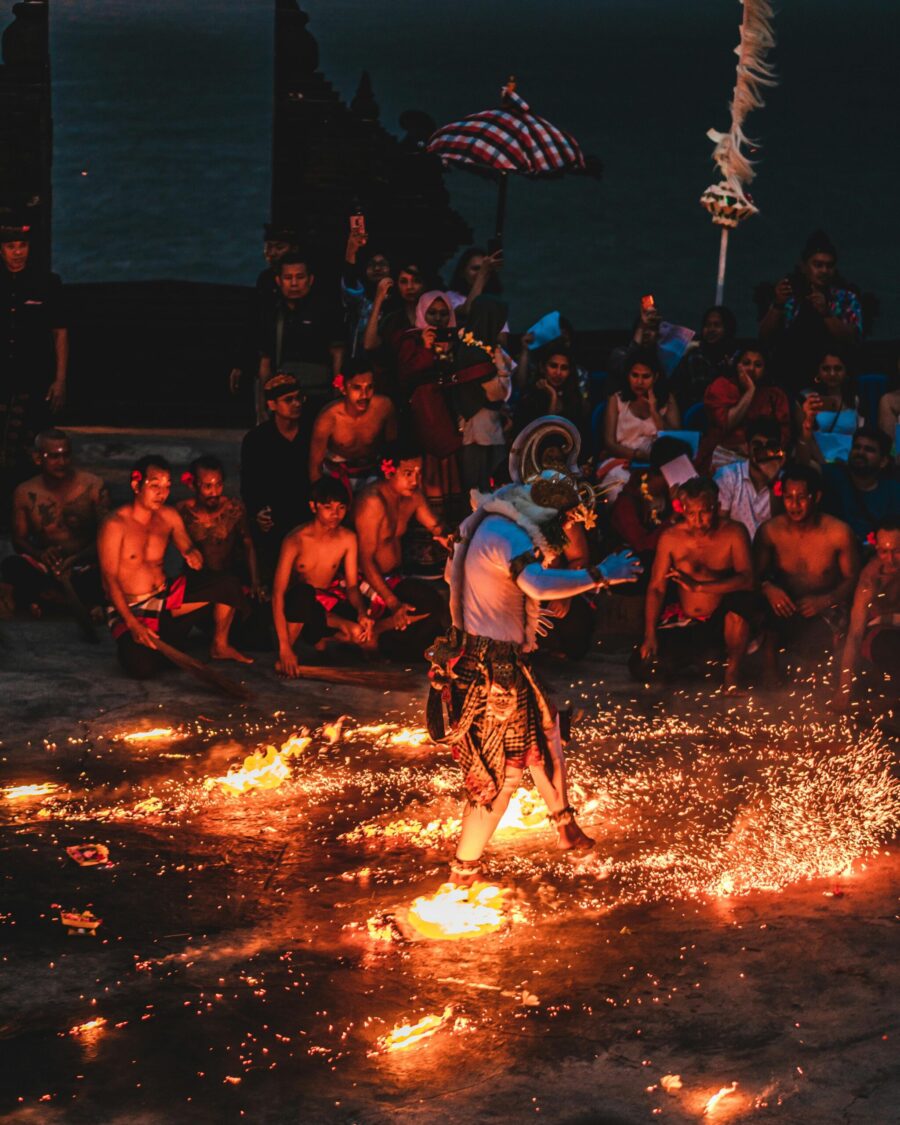 Musical Traditions
Musical Traditions
Music was a central aspect of medieval Middle Eastern culture, deeply intertwined with both religious and secular life. Instruments such as the oud, qanun, and ney were commonly used, and musicians performed in various settings, from royal courts to public festivals. Music accompanied poetry, storytelling, and religious ceremonies, reflecting the cultural and spiritual richness of the region.
Dance and Performance
Dance played a significant role in medieval Middle Eastern society, serving as a form of entertainment, expression, and social interaction. Traditional dances, often characterized by rhythmic movements and intricate footwork, were performed at weddings, celebrations, and religious events. Dance was also a means of storytelling, conveying narratives through gestures and expressions.
Cultural and Social Impact
The integration of music and dance into daily life helped to strengthen community bonds and cultural identity. Musicians and dancers were highly respected, and their performances contributed to the vibrant social life of medieval Middle Eastern cities. The artistic traditions of music and dance also facilitated cultural exchanges with neighboring regions, enriching the artistic heritage of the medieval world.
Conclusion
Music and dance were integral to the cultural fabric of medieval Middle Eastern society. Their roles in entertainment, religious practice, and social interaction highlight the importance of artistic expression in enriching the cultural and communal life of the period.
